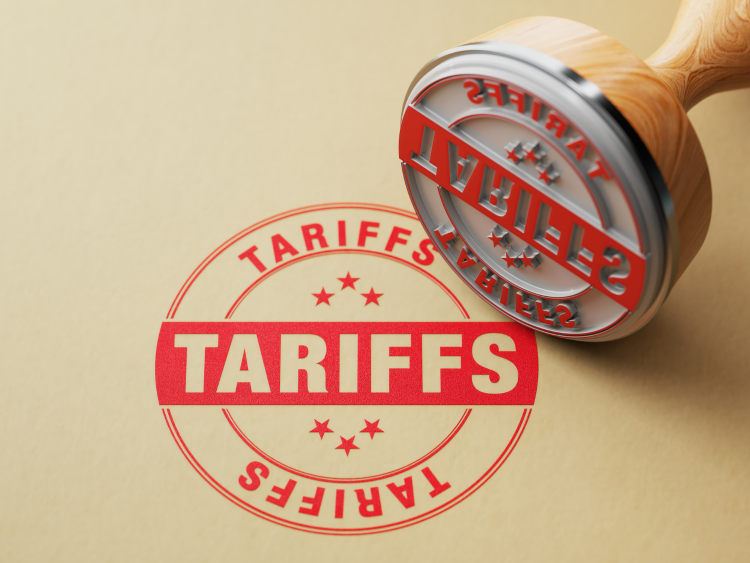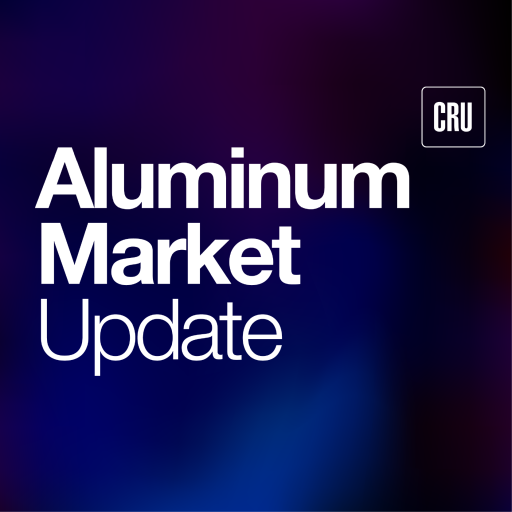Global Trade

August 18, 2025
Canada’s tariff and trade position clarified. Part 2.
Written by Greg Wittbecker
In our last look at a trade deal between the U.S. and Canada, we noted the following:
A core element of any deal for Canada is that Canada be given a competitive advantage vis-à-vis its seaborne competitors into the U.S. Canada can and will argue its long-term track record of reliable, nearby supply earns it that advantage. It all comes down to how much. They should ask for the 10% rate that crude oil and potash have. Aluminum is just as important. If I had to handicap things today, I would say achieving a 25% tariff rate would be considered a win. One thing that seems totally off the table as a negotiating point is any form of quota. Canada sees quotas as managed trade flow and simply won’t accept it. Argentina and Australia agreed to such quotas under the original Section 232 in exchange for exemption. It has gotten them no goodwill under the current regime, and Canada sees zero point in opening that can of worms.
Preferential tariff treatment versus competitors is a must
Let’s look deeper at why a 25% tariff would be a win for Canada.
To be clear, our statement above about competitive advantage needs to be embedded in ANY deal for Canada. Canada is still striving for full exemption from the 50% tariffs. It might settle for 10%, which would give it the same rate as its crude oil and potash exports to the U.S.
If Canada eventually settled for 25%, it would only accept this provided it was assured its competitors would remain at 50%. A core condition of Canada’s negotiating stance is it always enjoy preferential treatment versus all competing importers to the U.S.
Canada’s opposition to trade quotas remains steadfast
Jean Simard, president of the Aluminum Association of Canada, captured the Canadian posture on quotas in an opinion piece published Aug. 18. Simard allowed AMU to summarize some of his key arguments here:
- While TRQs may seem politically convenient, they are far from a one-size-fits-all solution. For the U.S., they may look like a tool to protect domestic industry, but in reality, they would cap a reliable supply source, increase volatility, and push buyers toward higher-cost, less secure alternatives.
- Canada’s aluminum sector is a strategic, critical-mineral industry, which the U.S. has relied upon for over a century. TRQs would undermine its stability and leverage.
- U.S. smelting capacity has collapsed—from 22 plants four decades ago to just four operating at half capacity—thanks to energy deregulation in the 1980s and China’s non-market practices. In today’s AI-driven economy, the main competition for U.S. smelting isn’t China or Canada, it is data centers willing to pay far more for electricity than smelters can afford.
- The logical U.S. strategy is to keep importing clean, reliable Canadian aluminum and free up its own power grid for other high-value industries.
Neither tariffs nor TRQs make sense
- I wish we were in a world where we did not have to debate the advantages or disadvantages of tariffs vs. TRQs. Neither is desirable, nor makes sense given our North American aluminum market dynamic.
- Luckily and unfortunately for the U.S. market, Canadian producers can sell to global markets, pressuring the U.S. to remain competitive in pricing if it wants that supply back.
TRQs are the wrong fit for aluminum
Pointing to the TRQs agreed in EU, UK, or Japan trade deals is misleading. Those regions’ combined aluminum exports to the U.S. are negligible:
- Japan produces no primary aluminum.
- The UK exports none to the U.S.
- The EU sends at most 175,000 tons annually, equal to just three weeks of Canadian shipments.
- In those contexts, TRQs are symbolic. For Canada and the United States, they would be economically damaging.
Why Canada must reject quotas
Canada has no reason to accept quotas of any kind. If, as some have suggested, leaders like Donald Trump are more swayed by visible, immediate losses than by promises of future gains, then the sudden absence of Canadian aluminum will speak louder than any concession.
Canadian aluminum underpins the U.S. aluminum industry. One Canadian worker supports 13 U.S. workers in the sector. Handing over future growth potential on a silver platter would be a strategic blunder.
Why it matters
Canada has been steadfast in saying it would not make a bad deal just to make a deal. The above argument from Simard summarizes Canada’s fundamental opposition to trade quotas as part of any deal.
There is also alignment that Canada come out of any deal with a unique competitive advantage on tariffs. This rewards Canada for its longstanding position as the leading supplier to the U.S.
Preferential tariff treatment and unfettered trade access to U.S. markets comprise key element of a good deal for Canada. A good deal is critical for Canada to ensure both sustaining and growth capital is invested in the industry to preserve Canada’s leading role in supplying the U.S.







